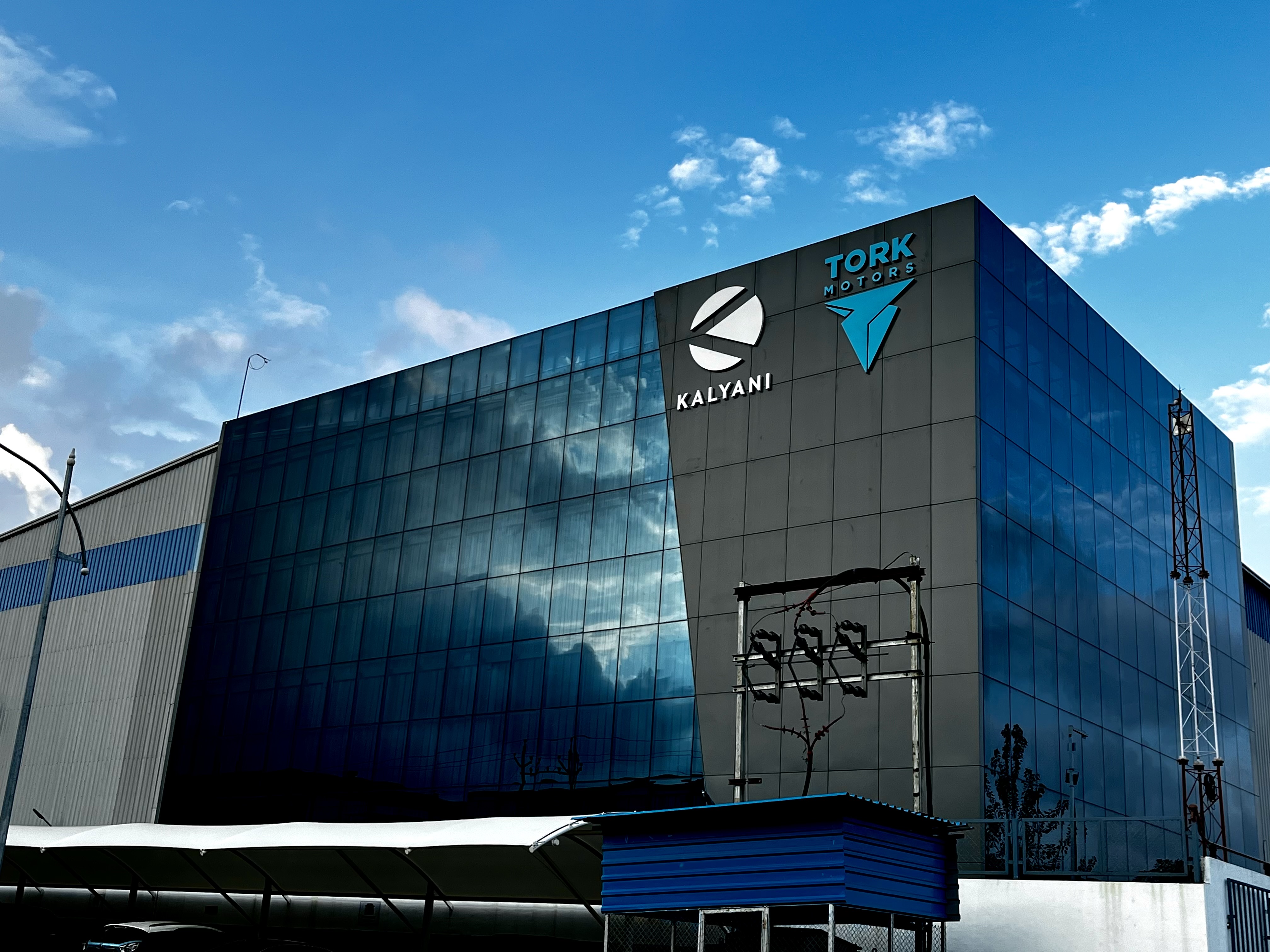A look into the Tork Motors' Pune plant
Tork Motors currently has two electric motorcycles in the market with plans to scale up. We take a look at how the factory operates.
 The Tork Motors plant in Chakan, Pune.
The Tork Motors plant in Chakan, Pune.Originally starting as an electric racing team, Tork Motors (then Tork India) made a significant mark by finishing on the podium at the Isle of Man TT Electric GP in its early years. Now, they are an electric motorcycle company and sell the Kratos R, designed and manufactured entirely in India. This factory tour granted us a firsthand look at Tork Motors' manufacturing facility, showcasing the technology and craftsmanship behind the Kratos series.
The Kratos R boasts a 12bhp peak power, 38Nm of torque, and a 180km range with a 4kWh battery, and supports fast charging. It also features a reverse mode and a digital display, LED lighting, and extensive connected features, including OTA updates. Here’s a view of how the manufacturing process takes place:
 Tork Motors' current product, the Kratos R.
Tork Motors' current product, the Kratos R. Part 1: The battery
The battery and e-motor assembly are the first part of the manufacturing process. The Kratos R uses an axial-flux battery. This is paired with an e-motor which is placed on the rear swingarm which lowers the centre of gravity. The battery before being put on the motorcycle goes through a series of stringent tests making sure that it will work as intended on the road.
 The battery takes the centre stage in the manufacturing process, acting as the stressed member.
The battery takes the centre stage in the manufacturing process, acting as the stressed member.Part 2: Overhead conveyor belt – building the basics
The assembly of electric motorcycles starts with the mainframe, where essential components are fitted onto it. These components include the battery, side stand, and horn assembly. This initial phase lays the groundwork for the motorcycle's functionality.
Following this, the swing arm and front fork assembly are attached to the mainframe. Phase connections and brake hose routing are also addressed during this stage.
Continuing down the line, the rear wheel, chain, and inner hugger assembly are put in place, along with the installation of the front wheel and front calliper assembly. These components serve as the foundational structure of the motorcycle.
Part 3: Slat conveyor belt – completing the motorcycle
Once the main components are securely mounted, the electric motorcycle is placed on its wheels to receive additional parts and finishing touches.
The subframe is installed. Rider footrest assemblies and wire harness routing are addressed for operational functionality. Additional components such as auxiliary batteries and telematics systems are also integrated during this stage, as well as the outer hugger, undertray cover, saree guard, and handlebars.
The bike's appearance takes shape as the rear fender, tail panel, and headlamp assembly are connected. The inner tray and grab handle are added for practicality and rider comfort.
Moving forward, the chassis cover and rear hugger are seamlessly integrated, and a traceability system is in place to monitor the assembly process. Finally, the shroud, belly panel, and tank are fitted to complete the motorcycle's external appearance.
Part 4: Testing – ensuring quality
Before leaving the assembly line, each electric motorcycle must undergo testing to ensure safety and performance.
End-of-line (EOL) functional testing examines the motorcycle's electrical systems, brake functionality, and overall operational performance. The first part is a visual inspection which is carried out to assess the motorcycle's aesthetic and quality standards. The second and final test is the dyno where speed, acceleration, braking and other critical functions are checked.
Only after successfully passing these tests is the electric motorcycle considered ready for delivery to its future owner.
In conclusion, our visit to Tork Motors' manufacturing facility provided us with a glimpse into the precision and innovation, that is required to craft electric motorcycles. The battery technology and the meticulous assembly process are also evidence of India's growing prowess in sustainable transportation.
With the Kratos R, Tork Motors has not only electrified motorcycling but has also showcased the capability of Indian engineering and craftsmanship on a global stage. It's incredible to see their journey from the race track to the production line, proving that passion, vision, and innovation can drive us towards a cleaner, greener, and more exciting future of transportation.


